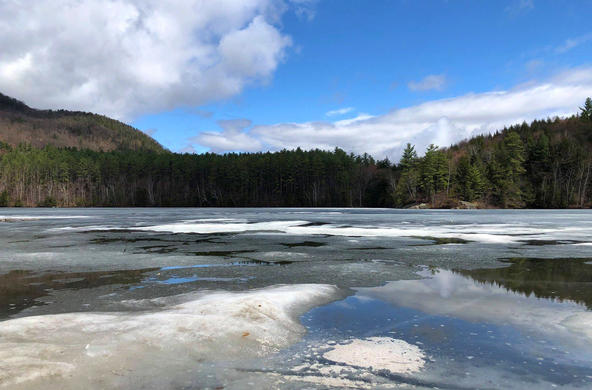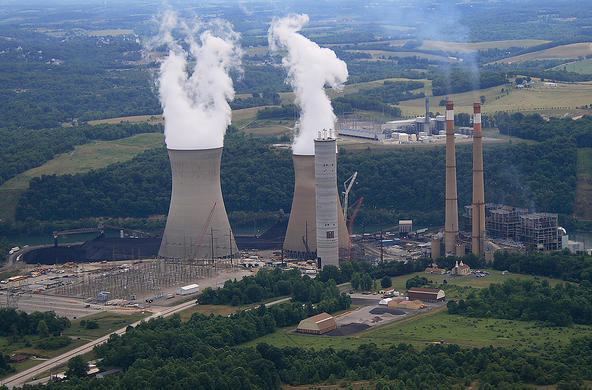In New Hampshire’s White Mountains, the Hubbard Brook Watershed Ecosystem Record (HBWatER) has been monitoring the chemistry of precipitation and streamwater in a series of forested watersheds every week since 1963. It is the longest continuous record of its kind, unbroken for more than 60 years. The project was initiated by Cary’s founder, Gene Likens, as part of the Hubbard Brook Ecosystem Study.
HBWatER has been instrumental in revealing how disturbances – from air pollution to logging – shape forests and freshwater in the northeastern US. Measurements taken for HBWatER led to the discovery of acid rain in North America, and informed the 1990 Clean Air Act Amendments, significantly reducing harmful emissions that were acidifying rainfall. HBWatER has tracked the consequences of deforestation, documented the effectiveness of cap and trade programs for reducing coal-fired power plant emissions, and more.
The longevity of HBWatER makes it an invaluable tool for understanding how air pollution, climate change, and emerging pests and pathogens shape the quality and fate of water in watershed ecosystems. Its data are essential to keeping tabs on the effectiveness of environmental policies. And it also serves as a reference site for similar watershed-level ecosystem studies being conducted globally.
Every decade, the HBWatER record yields new information on the biogeochemistry of northeastern forests. By continuing this vital ecological record, we are documenting the impacts of unprecedented global change, and generating powerful new ways of understanding the natural world.
Project goals and central questions
Our goal with HBWatER is to understand how ecosystems retain, redistribute, transform, and export chemical elements, and how these processes respond to environmental change, including disturbances like air pollution and clearcutting. Three core questions have motivated the HBWatER study as far back as its inception in 1963, and continue to be major areas of focus:
- How is the chemistry of precipitation and streamwater changing over time?
- How are watershed ecosystems responding to climate change and changing atmospheric deposition?
- What are the long-term consequences of experimental forest disturbances in the context of regional trends?
New questions have emerged as HBWatER data reveals more about the interacting legacies of atmospheric pollution, climate change, and forest disturbance. As a result, we are also exploring:
- Will future forest disturbances lead to more or less dramatic losses of nutrients as soils and vegetation recover from acidification? Our data show that the biogeochemical consequences of any forest disturbance depend, in part, on the legacies of past change. We are working to understand how the timing of a forest disturbance, relative to the history of acidification and deacidification, might control the magnitude of the resulting nutrient losses.
- How are watershed exports of solutes responding to both climate change and deacidification? We want to find out how increasing stream discharge and a shifting hydrograph interact with the long-term decline in stream solute concentrations to alter the timing, magnitude, and form of watershed exports.
- What are the long-term effects of forest disturbance on stream pH and the export of weathering products and dissolved organic carbon? How does the legacy of forest disturbance alter the trajectory of recovery from acidification? We hypothesize that widespread logging throughout the White Mountains may be obscuring acid rain recovery trends.
Making HBWatER data more accessible
The longevity and continuity of the HBWatER record makes it a vital resource for understanding the impacts of air pollution, climate change, and emerging forest pests and pathogens on the movement of water and solutes into, through, and out of watershed ecosystems. The data are publicly available and are broadly used for these purposes by policymakers, scientists, and educators.
Continuing the legacy
Continuing the Hubbard Brook record is one of the most cost-effective and reliable ways to ensure consistent, unimpeachable data on how climate change and air pollution are affecting the watershed ecosystems of the Northeastern United States. The HBWatER record is essential for discovering emerging threats to clean air and clean freshwater, and for determining if our current environmental policies are effective at protecting our planet.



